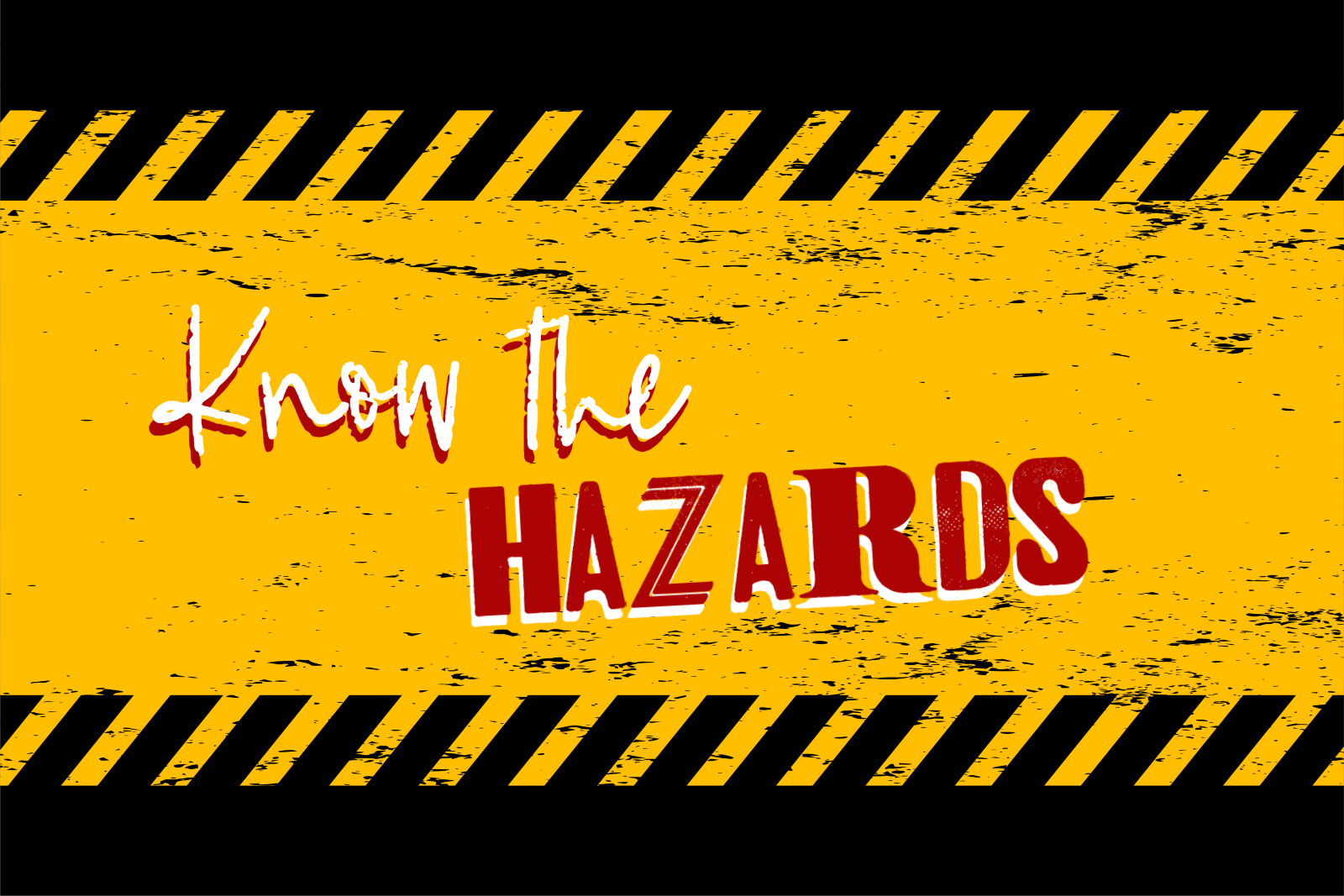
Like most construction companies, there are times when our work involves dealing with and temporarily storing hazardous waste on site. If we were to do this poorly, it would have the potential to cause damage to both the environment and the local community (especially if it was allowed to contaminate surface water or groundwater supplies).
The good news is that we take our responsibilities seriously and follow strict procedures that comply with UK legislation and ensure no such damage comes about. As this is such an important topic, we’ve put together this quick guide to hazardous waste so that people know exactly what they should/ shouldn’t be doing.
What’s hazardous?
A construction site can produce or be involved in storing many different types of waste, so the first thing that anyone who has to deal with it must know is whether it is hazardous or not (and what type of hazard it presents). This will determine the correct procedure for handling it.
So, what makes waste hazardous?
The answer is simply what we said in the opening paragraph of this blog – the product or substance has the potential to be harmful for either people or the environment. Examples include asbestos, oils, batteries, brake fluid, adhesives, sealants, solvents, paints and bituminous mixtures.
It is therefore extremely important for site workers to be made aware of all the different hazardous products that are used on their specific site and what to do when those products become waste materials.
Safe storage and transportation
To ensure hazardous waste does no harm, it is vital that it be correctly stored, recorded and transported. Here are some of the basic rules that should be followed:
- Before it even becomes ‘waste’, the use of any hazardous product or substance must be subject to a COSHH assessment and correctly labelled in approved containers or packages. Permit to Work procedures obtained from the Principal Contractor may also be required.
- Each type of hazardous waste should be segregated and stored in suitable containers that do not allow anything to escape.
- Waterproof covers should be used to avoid any run off from the waste and to prevent contamination.
- Containers holding hazardous waste must be clearly labelled so that everyone on-site is aware of what is inside.
- Due care and attention should be given to the protection of all water courses from spillage and wastes arising from the site.
- Inventory-style records should be kept of all hazardous waste stored on-site (this could provide critical information for emergency services in the event of an accident).
- Method statements for demolition/ dismantling should include an assessment of hazardous substances and their removal.
- All hazardous waste materials should be removed from the site only by registered waste carriers.
- Any situation involving hazardous waste that gives cause for concern (e.g. a defect in a container) should be reported with urgency to site managers.
Minimise and control
Here at Sheriff Construction and as much as possible, we make every effort to minimise waste of all kinds. However, there are times when an element of hazardous waste is unavoidable and, in those cases, our emphasis moves to management and control. We keep our teams informed about the impacts of hazardous waste and set out standard operating practices to keep anything that could cause harm under control, thereby protecting our workers , the environment and the communities we work in.
02.02.2022
Feature image: Freepik (background only)








